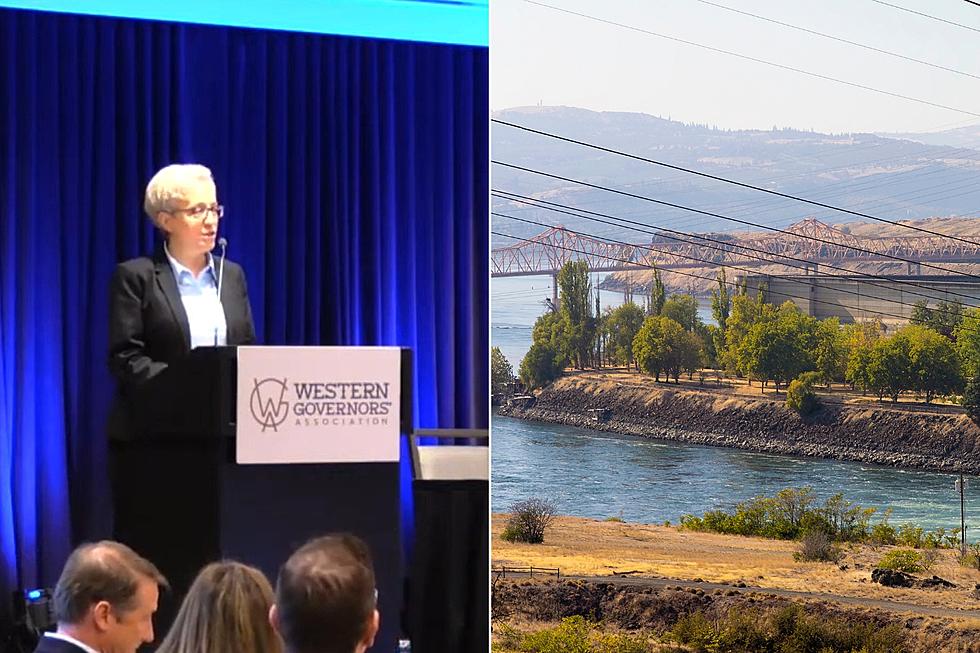
Skagit Wildlife Area Management: Your Voice Matters!
The Washington Department of Fish and Wildlife (WDFW) is gearing up for an interactive session with the community to discuss the future of the Skagit Wildlife Area. As part of its commitment to inclusive stewardship, WDFW invites public participation in shaping the management plan for this sprawling 17,968-acre wildlife haven.
Engagement Opportunity: Public Meeting Announcement
Mark your calendars for Wednesday, March 27, as the Burlington Public Library becomes the focal point for discussions on the draft management plan. The meeting, commencing at 6 p.m., offers a platform for citizens to voice their opinions, concerns, and suggestions regarding the Skagit Wildlife Area's trajectory.
Stakeholder Involvement: A Collaborative Approach
WDFW's initiative isn't solitary; it's a collaborative endeavor. Tribal governments, technical experts, stakeholders, and members of the Skagit Wildlife Area Advisory Committee have all contributed to crafting the draft plan. This inclusive approach ensures diverse perspectives shape the area's stewardship for the next decade.
Words from the Manager:
Cynthia Wilkerson, WDFW Lands Division manager, emphasized the significance of public input. "We've worked hard on this draft. Now, we’re eager to hear from the public on how it aligns with their thoughts for the future of this special place."
Your Voice Matters: Multiple Feedback Channels
Unable to attend the public meeting? No worries. WDFW provides various avenues for feedback submission. Whether online, via email, or traditional mail, your comments are welcome. Lisa Wood, stationed at P.O. Box 43200, Olympia, WA, 98504, is ready to receive your input. Remember, the deadline for comments is April 22, 5 p.m.
Understanding the Skagit Wildlife Area: A Natural Treasure
The Skagit Wildlife Area stretches across 21 units, predominantly nestled within the Skagit River Delta and Skagit Bay Estuary. From La Conner to Conway, and beyond to the San Juan Islands, this expanse of natural beauty captivates with its biodiversity and recreational offerings.
Management Vision: Balancing Conservation and Recreation
At its core, the management plan aims for a delicate balance between conservation and recreation. Priorities include estuary and floodplain restoration, fostering wintering habitats for waterfowl, species recovery efforts, and providing recreational opportunities like fishing, hunting, wildlife viewing, and hiking.
Inclusivity at the Heart of Participation
WDFW underscores the importance of diversity in engagement. Regardless of race, color, age, or any other factor, all voices are valued and encouraged to contribute to the dialogue on Skagit Wildlife Area's future.
Conclusion
With over a million acres of land under its stewardship, WDFW plays a pivotal role in conserving Washington's natural heritage. By actively engaging with communities and fostering collaboration, WDFW ensures that the Skagit Wildlife Area remains a vibrant, cherished resource for generations to come. Join the conversation, and let your voice shape the future of this precious ecosystem.
5 Driving Tips for Washington Winter Freezing Fog
The 12 Most Politically Divided Counties in Washington State
Gallery Credit: AJ Brewster
5 Devastating Landslides in Washington State That'll Shock You
Gallery Credit: Rik Mikals





